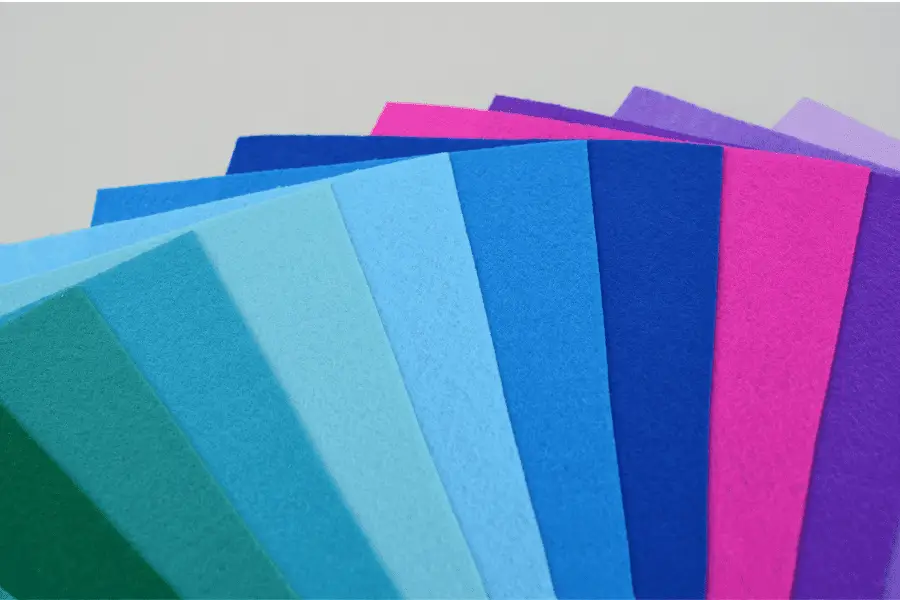You can use fabric paints on a variety of textiles. However, many people wonder if they can use these pigments on fleece. The material is very porous and has many fibers, so it seems like it might not work that well.
So, can you use fabric paint on fleece? Yes! You can use fabric paints on fleece. One of the best fleece painting methods is to add a fabric medium to the color, so it sticks without cracking or creasing. Many artists use cutouts to paint on the fleece with ease.
If you want to use fabric paints on a piece of fleece, they should last a very long time. You can make all sorts of creations when you use this medium! Everything you need to know on the topic is in this article. Let’s read on!
How To Use Fabric Paint on Fleece

You can easily use fabric paints on fleece to customize the material. You’ll want to set up the paint palette with your colors like you usually would. Since fleece is very fibrous, it can be challenging to paint on.
You’ll likely want to create a stencil for yourself to combat this. Using an X-Acto knife, you can cut one out of stock paper or even cardboard. Once you have that, you want to lay the fabric out on a flat surface.
I recommend using a thick, puffy brush to fill in the stencil. You should use short, dabbing motions to fill the area with paint. Once it dries, you’ll want to add on another coating of color. Adding more paint prevents the fleece from showing through the color.
My favorite and top pick is always Arteza Fabric Paints. They have so many different colors, and the quality is amazing! I usually use Arteza Paints for all my projects.
However, you don’t need to use a stencil if you don’t want to. As long as you take your time, let the paint dry between layers, and use an appropriately sized brush, you should have no issues applying the paint. The stencil just makes it easier and cleaner for you.
What Fabrics Can You Use Fabric Paint On?
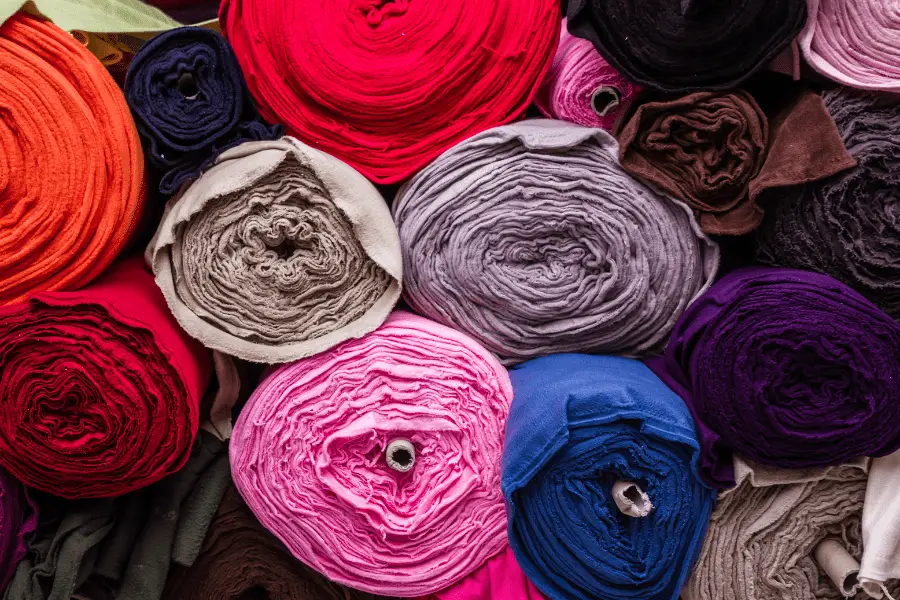
Fabric paints are incredibly versatile, so you’ll want to have a few bottles at home! They work on fleece, cotton, woven and knitted items, felt, terry cloth, velvet, leather, flannel, suede, and almost all synthetic fabrics.
So, if you have fabric at home, it’s almost certain that you can use fabric paint on it! However, you’ll need to choose the colors carefully if you have dark fabrics that you want to paint. Colors that are too light won’t appear on the material.
Make sure you choose a paint blend marketed for dark fabric. Arteza fabric paints are a good example. They create fluorescent, metallic, and bright paints, which appear on even black materials.
Check out this article that talks about painting on fabric, types of fabrics, and the best place to purchase them!
Does Fabric Paint Wash Off?
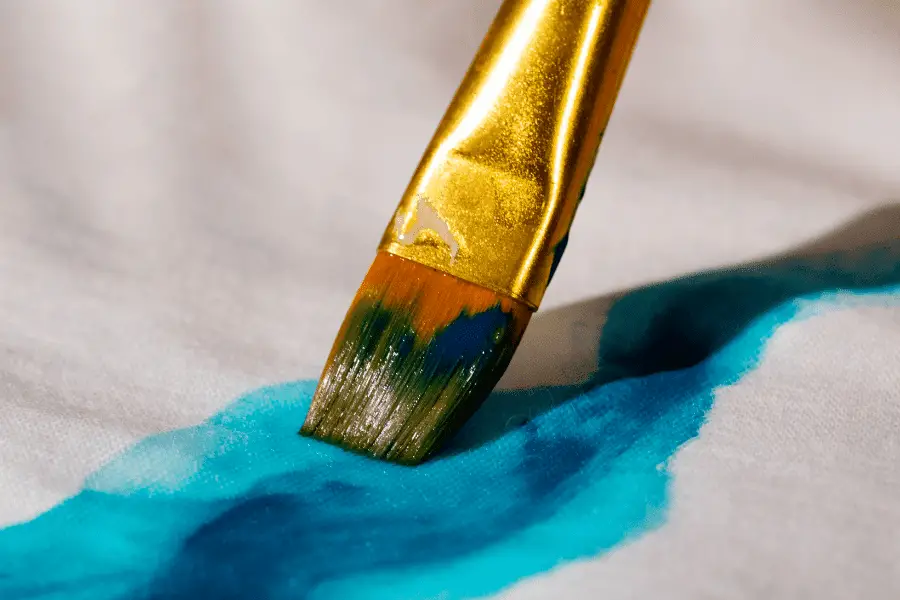
Fabric paint won’t wash off your fleece if you make sure to set it properly. You can seal the paints using high heat. You’ll need to make sure you use a lower heat setting not accidentally burn the material.
After setting, the fabric paint won’t come off in the wash! It also won’t rub off or bleed onto other items. However, if you spilled some of the paint on yourself, you’ll still want to know how to get rid of it.

You’ll need to act quickly- once it dries, it will be nearly impossible to clean off! Start by wetting the spot lightly with soap and water. Then, you’ll want to put the clothing article in the washer right away.
If you’re somewhere you can’t wash your clothes, you’ll want to clean them as best you can with soap and water. Make sure you don’t apply heat since this could set it further into the fabric. The sooner you can wash them, the more likely the paint won’t stain them.
How Do You Seal Fabric Paint on Fleece?
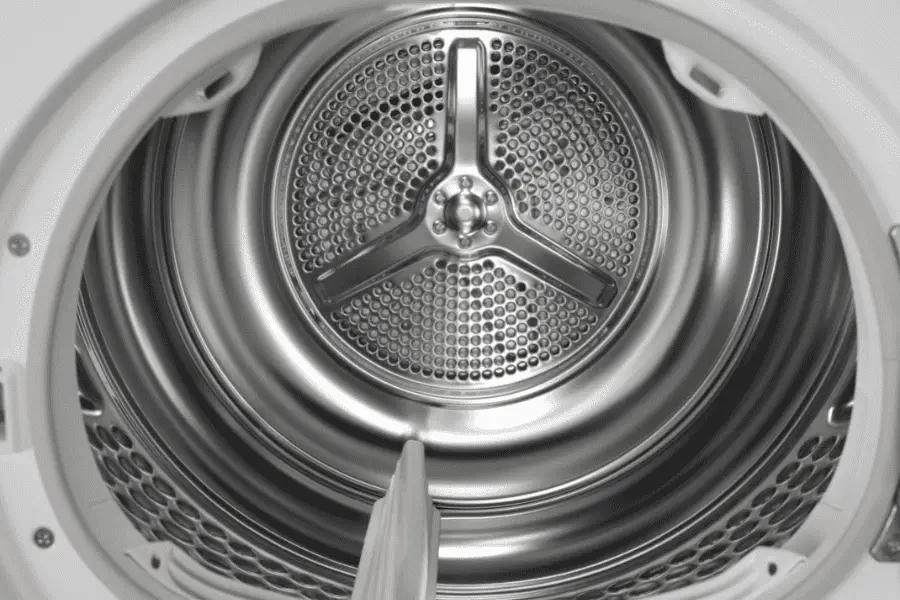
You can seal fabric paints on fleece in the same way as other materials- by using heat! The very first step is to allow the fleece to dry completely. You’ll want to wait at least 24 hours before moving or touching the fabric.
After that time, you’re ready to heat set the paint. You can throw the pieces of fleece into the dryer for 30 minutes, use a hairdryer, or use an iron. I recommend using an iron on your fleece.
Start by turning off the steam settings and heating the iron to medium-high. From there, you’ll want to set a piece of scrap fabric over your design. You can iron the scrap by rubbing it over the fabric for about five minutes.
When you’ve finished heat setting the project, you’ll want to wait at least four days before you wash the fabric. Overall, heat setting the fabric paint seals it very effectively.
Is Fabric Paint Waterproof?
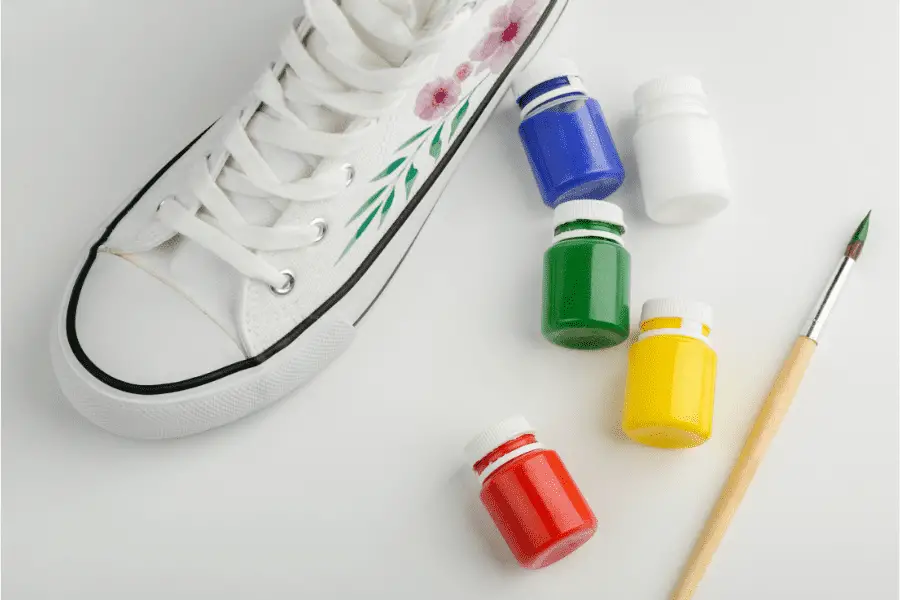
Most fabric paints are very waterproof after being adequately sealed. They need to withstand the swirling water in the washing machine! If you want extra waterproof fabric paints, your best option is outdoor fabric paint.
Outdoor fabric paints are for use on outdoor furniture, where they need to resist the elements and sun. This type of pigment is usually very long-lasting and durable.
You can also make your paint permanent by mixing a fabric medium into the paint. You don’t want to use much since most fabric paints already come with ingredients.
Fabric mediums make the paint waterproof and also more resistant to cracking. Overall, if you think your fabric paints need more flexibility, you’ll want to add some. It creates permanent color.
I like to use Liquitex Fabric Medium for all my fabric projects. It’s a well known brand, and gives amazing results. Your paint will also stick much better and come out looking more vivid when you add a fabric medium.

Final Thoughts
In short, you can use fabric paints on fleece. I recommend that you use a stencil, if possible. You can make your own, and it helps out a lot with fuzzy materials like fleece! Heat setting the fabric paint makes it permanent and waterproof.
Using fabric paints on fleece is much like painting on any other textile. You’ll want to practice first, so make sure to set aside some fabric scraps! Fleece can take a little getting used to since its many fibers stick out. Overall, you can completely customize your fleece using fabric paints.
Make sure to follow all my tips and recommended products to ensure your painted project turns out great! Also, don’t forget to check out my other articles for all your painting Q&A’s. Happy painting!

